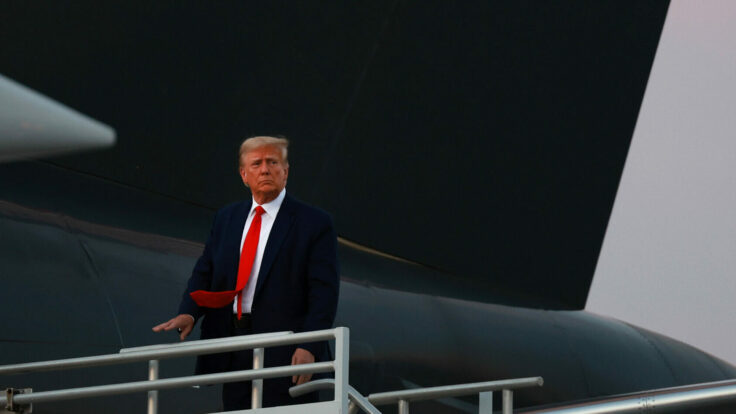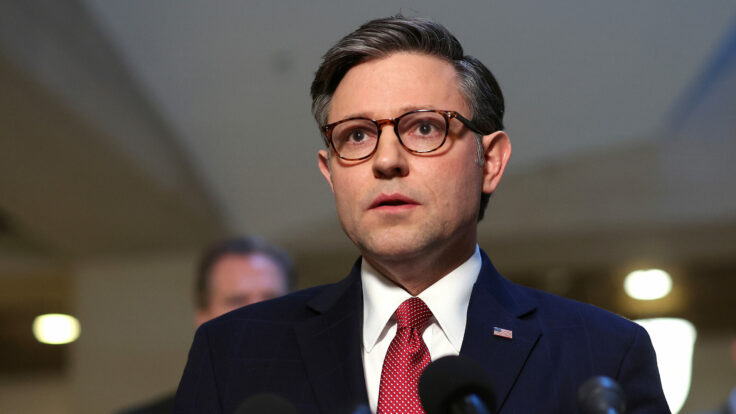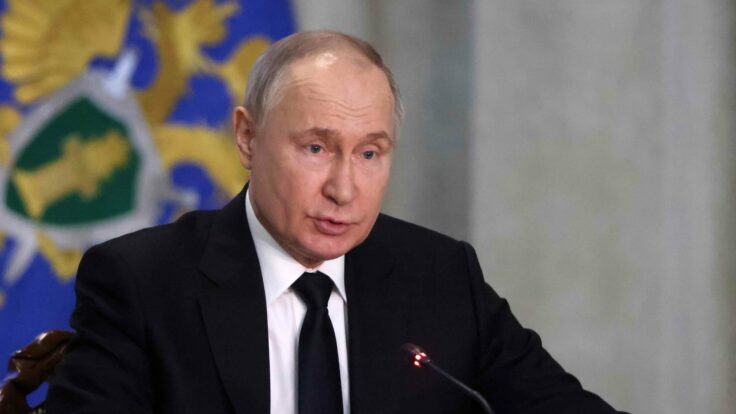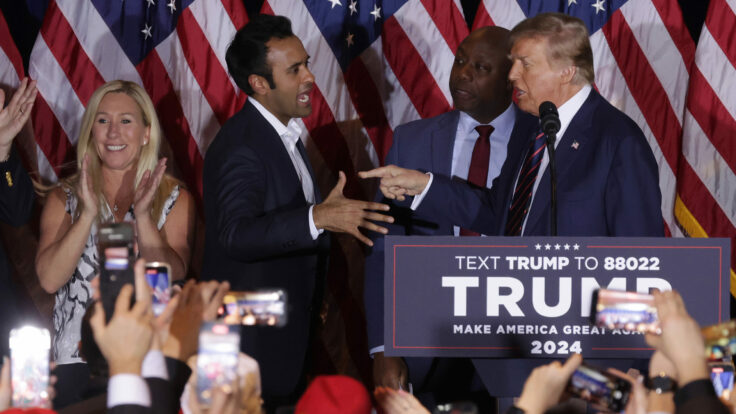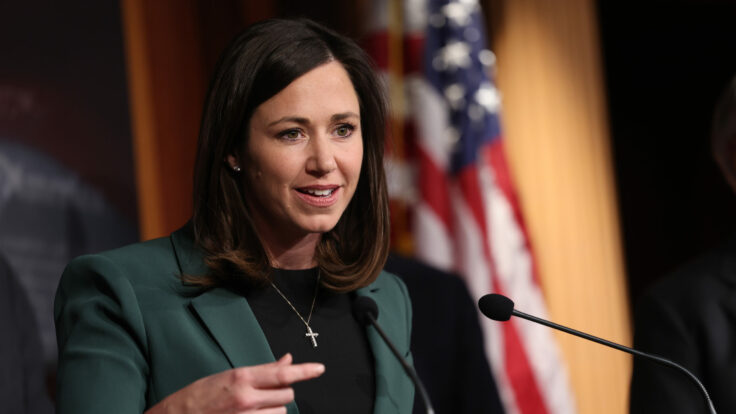Whatever euphoria there was after the liberation of Kherson earlier this month has long ago faded. In the weeks since, autumn has brought the cold and the rain, clogging the battlefields with mud and filling trenches with dingy gray water. The Russians have continued pounding Ukrainian cities with missiles and drones, focusing specifically on civilian infrastructure. So far, they’ve knocked out some 50 percent of Ukraine’s electricity grid, leaving whole swathes of the country without heat or light as winter sets in. Though electricity has mostly been restored to Kyiv, the capital has been dealing with rolling blackouts for weeks, and hospitals as far west as Lviv have reported having to conduct surgeries by flashlight. A widely circulated nighttime satellite image shows a scantly-lit black patch where Ukraine is on the map, surrounded by the well-lit European countries around it.
And now, on top of it all, the Western press is filled with stories that munitions are running low in the very countries that Ukraine relies on in keeping up its fight. After nine months of an intense land war, supplying Ukraine has become a challenge for its Western backers. At the recent Halifax International Security Forum, Admiral Rob Bauer, chairman of NATO’s military committee, called attention to the fact that, in forking over so many weapons and so much ammunition to Ukraine, NATO countries have dipped far into their strategic stockpiles, potentially compromising their own military readiness. “When you are continuing to give away ammunition to Ukraine and you have to evaluate and assess the risk you take for your own readiness, you will have to take into account the threat,” he said. And though Bauer added that “the Russians have the same problems we have in terms of their stocks,” NATO members now have to think about how to balance the need to back Ukraine with their own security. (It doesn’t help that, according to Bauer, in the years before the Russian invasion, many NATO countries kept their stocks low to begin with, because they saw little risk of invasion or because they couldn’t afford to maintain more.)













